Compression

Compression refers to the action of pressure, the binding of materials and ideas, as well as the condensation of time, unrelenting and weighty. It is presented in each work in this exhibition, whether as a physical representation or a reflection of our current realities. The included artwork is a combination of multiple processes including, but not limited to, iron casting, hand paper making, metal fabrication, drawing, and collaborative video production. I question how we process images, writing, narrative from the past and present and how infomation is diluted, processed, regurgitated, manipulated, or compiled in our digital age. I work with the physical representations of memory, the body, and our histories to present Compression.
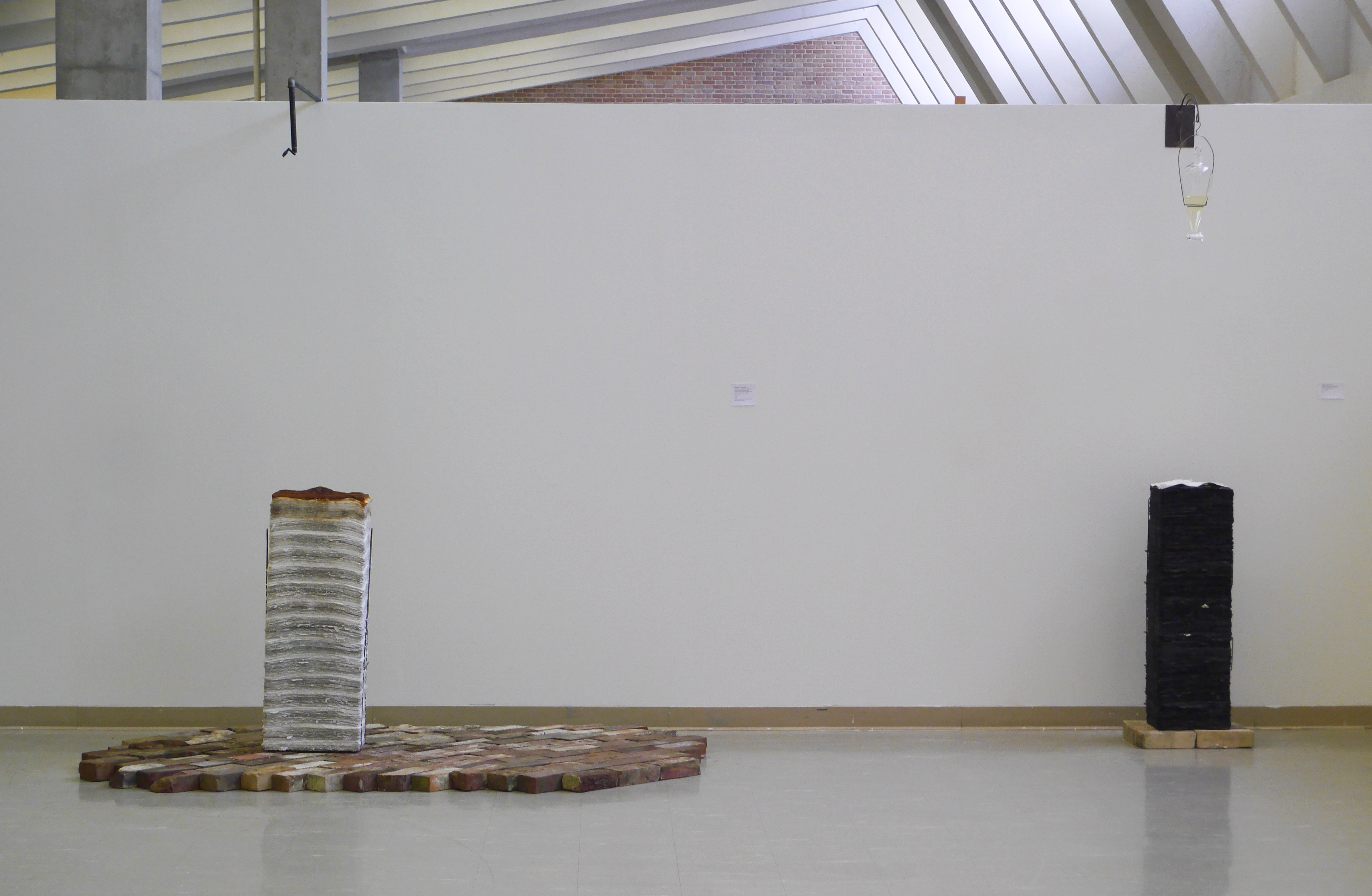
Stack II: Corruption and Stack I: Corrosion
Stack I: Corrosion


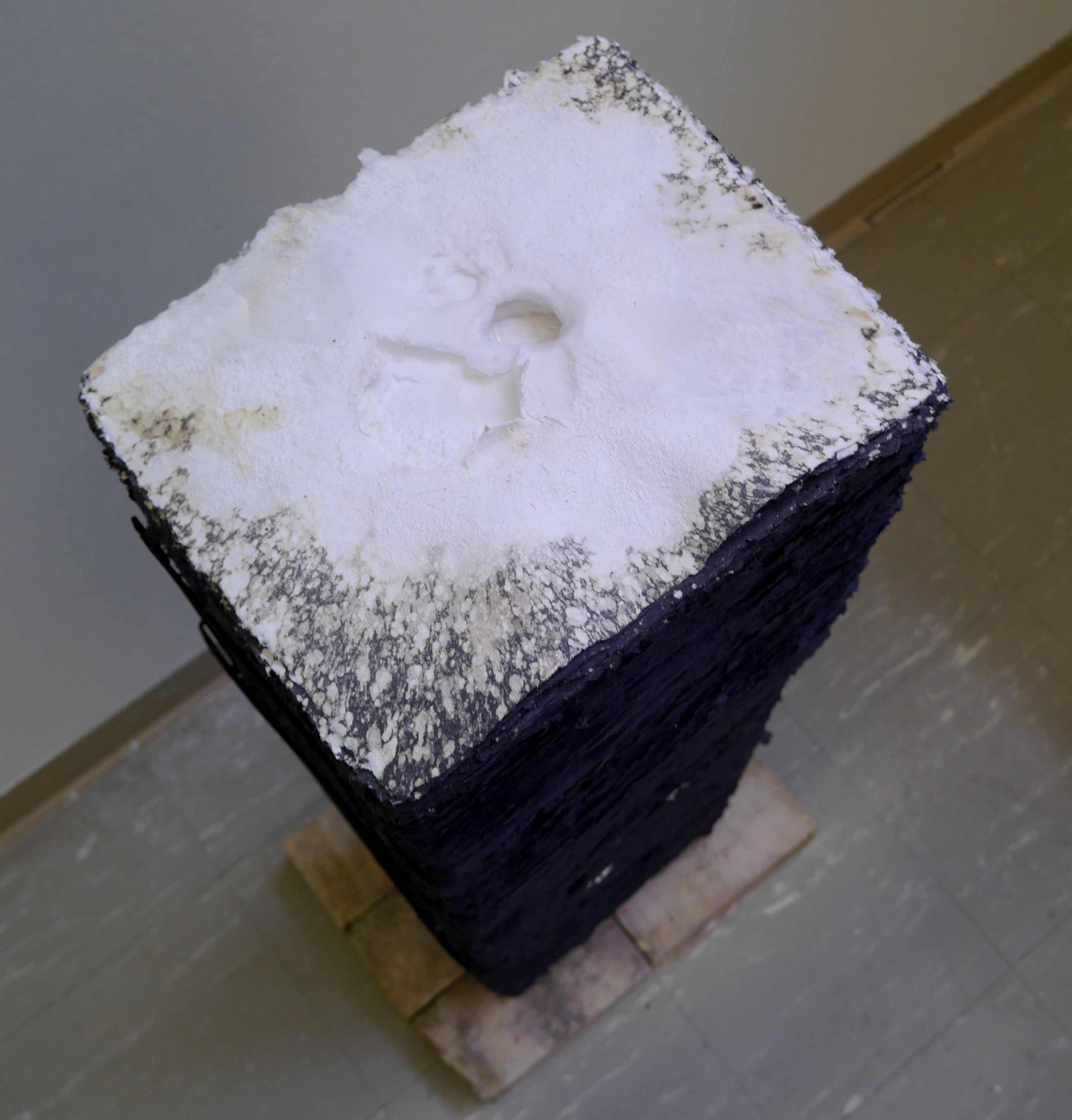
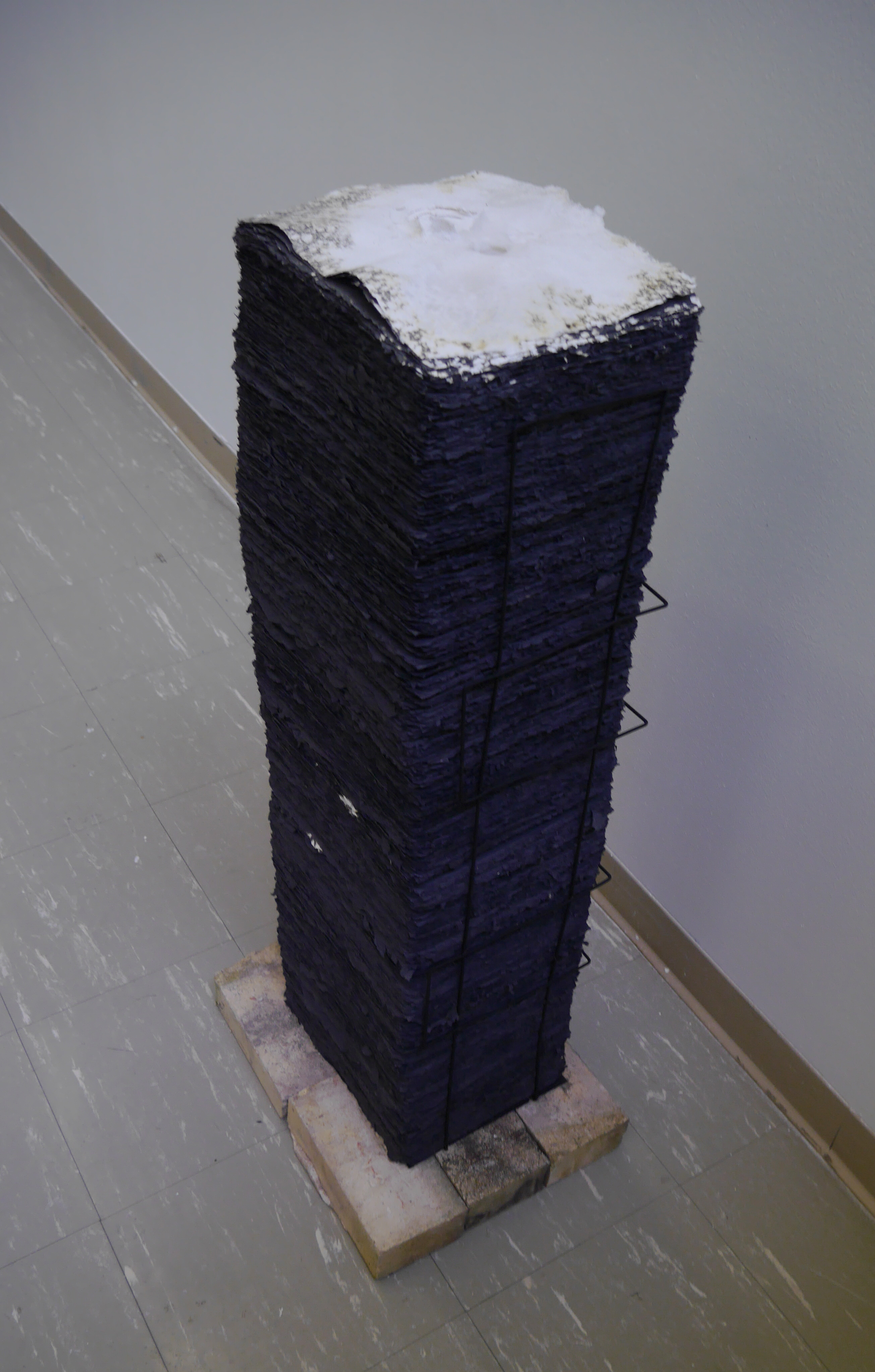
Stack I: Corrosion consists of a 40 inch tall stack of handmade black denim paper underneath a glass bottle full of bleach. When exhibited, the bleach continuously drips and transforms the stack. Over time, the stack will slowly become white and erode in a chemical reaction of the paper to corrosive bleach. Stack I: Corrosion is a column of labor that is subsequently destroyed slowly through its own exhibition and witnessing. Historical references can be made to the ‘one drop rule,’ the bleaching of skin, the use of a wholly American material (denim), and when shown with Stack II, is visually reminiscent of the Twin Towers. Stack I: Corrosion is a container of action, reaction, and decay that reflects upon contemporary American culture and the negative effects of white supremacy.
Stack II: Corruption


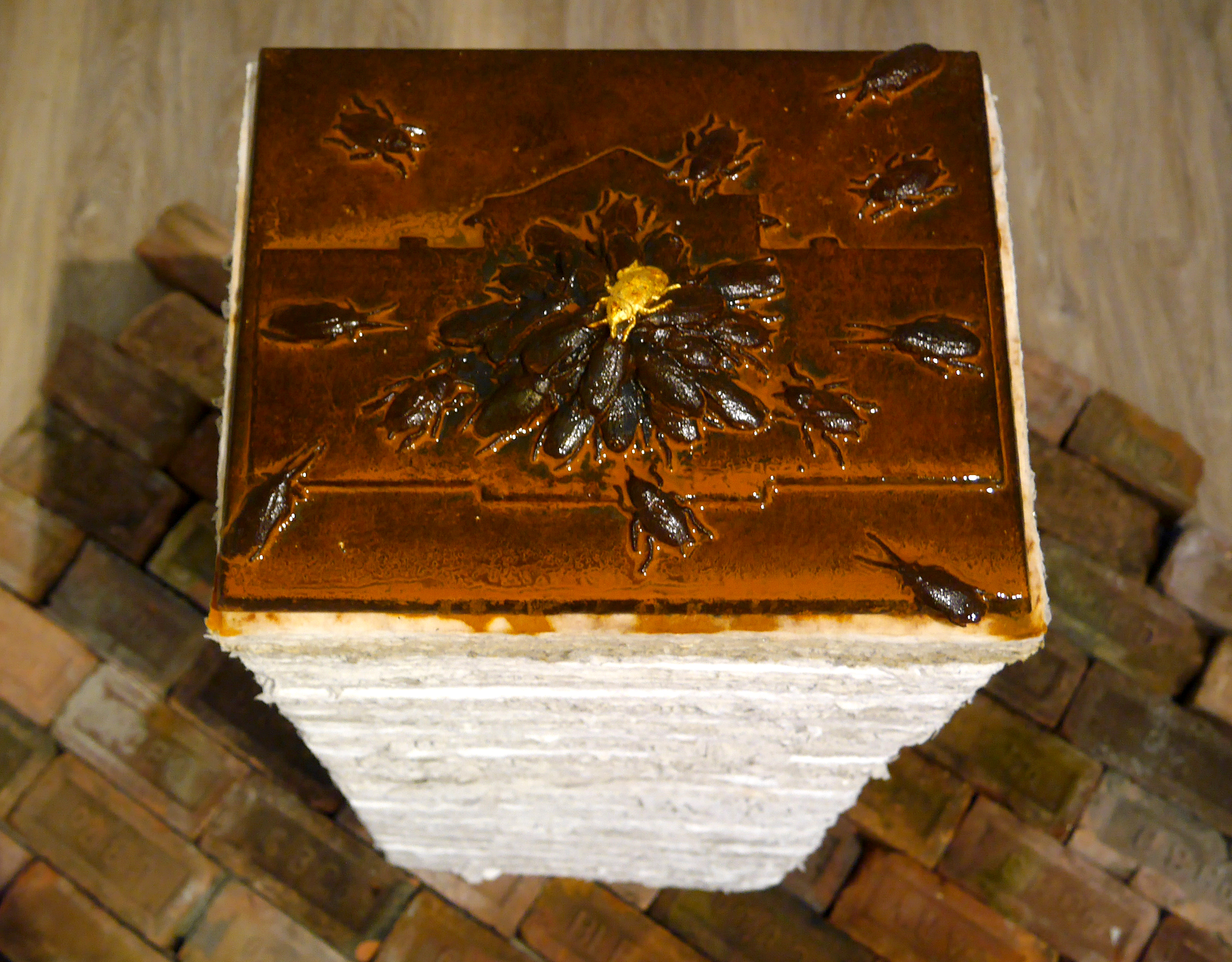

Stack II: Corruption, cast iron, artist made cotton and recycled 2016 United States Congressional Record paper, gold leaf, mister, steel, bricks, ~4'x7'x4', 2018-
Misting occurs every hour on the hour for 2 minutes
Stack II: Corruption (2018-) consists of an unsealed cast iron plate covered with cockroaches overtaking an abstracted white house form. The plate weighs heavily on top of a 40 inch stack of handmade paper. A soft mist of water descends from above, rusting the iron. The rust slowly drips off the plate and down the stack of handmade paper, creating and destroying in one self-contained, performative sculpture. The fiber used to make the paper consists of recycled United States Congressional Records from 2016 blended with white cotton in a visible gradient, creating a gray to white paper strata. White cotton, a product that drove the continuation of slavery in America and was subsequently the base from which our wealth as a nation grew, was literally blended in the papermaking vat with US Congressional Records from 2016, a pivotal year in our country’s politics and an era we will continue to dissect and question to no satisfying end. On the iron paperweight, a gold-leafed bugking of the mountain sits atop a cluster of cockroaches, an allusion to current American leadership. A cockroach is an intriguing symbol of survival; folklore assures us that roaches will be some of the few living creatures to outlive a nuclear holocaust. Stack II: Corruption is a destructive paperweight, critical of negative contemporary political forces while simultaneously a physical manifestation of rust, corrosion, and the natural reaction of iron, water, and paper. I anticipate the paper eroding in a beautiful, unpredictable entropy each time it is exhibited.
Cockroach Portraits

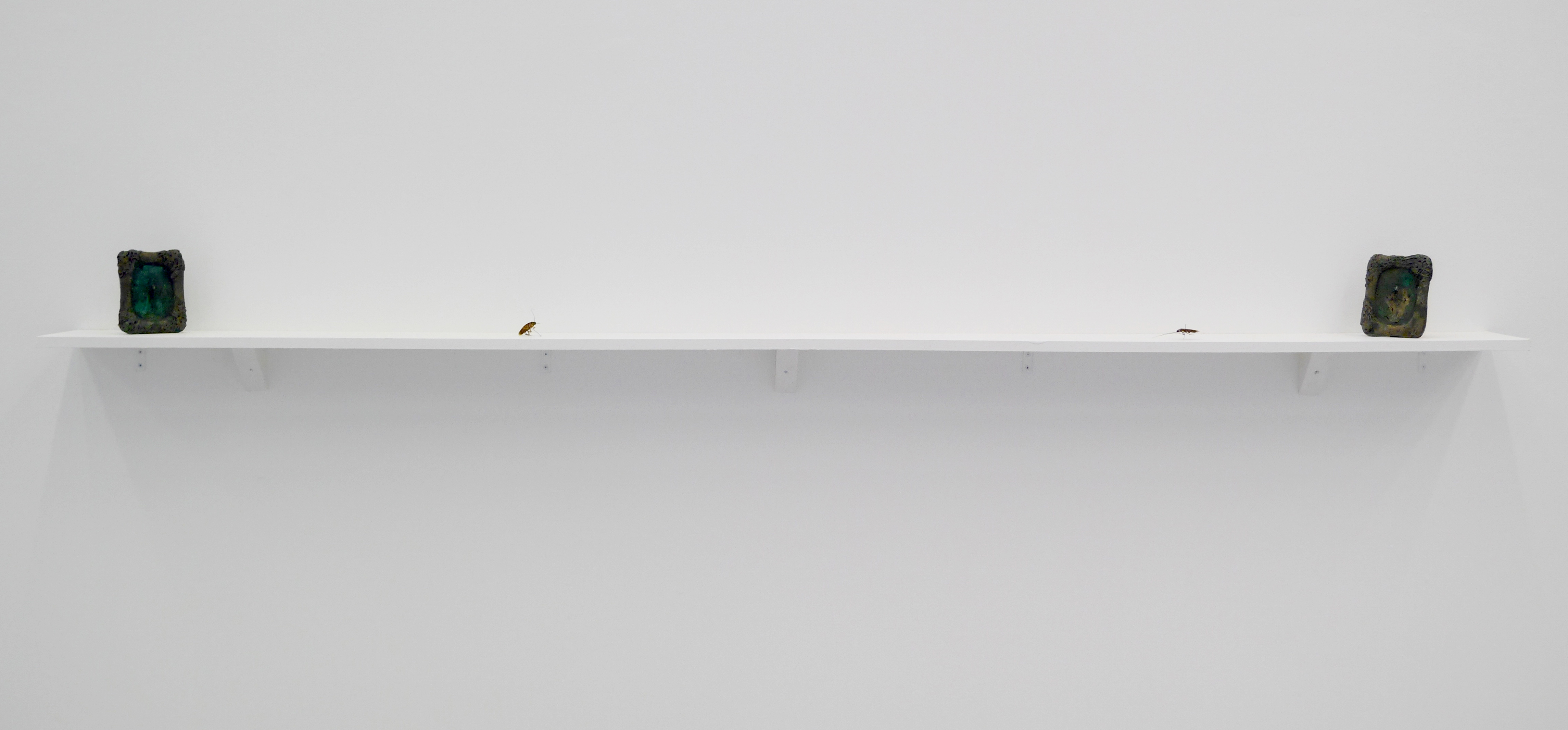

Cockroach Portraits, cast bronze, cockroaches, entomology pins, ~8’x6”x8”, 2018.
Cockroach Portraits (2018) are an accompaniment to Stack II: Corruption. The cast bronze frames are covered with lace and have a greenish blue patina created in a chemical reaction from soaking in naturally occuring ammonium gathered by the artist. A burnt cockroach carcass is enshrined In the center of each frame. The cockroaches’ carcasses were left in the mold and burnt out with the molten hot bronze, resulting in the abstracted forms. Additional cockroaches were sourced from Millsaps’ campus and re-animated for this mantelpiece height display.
Enclosed you will find

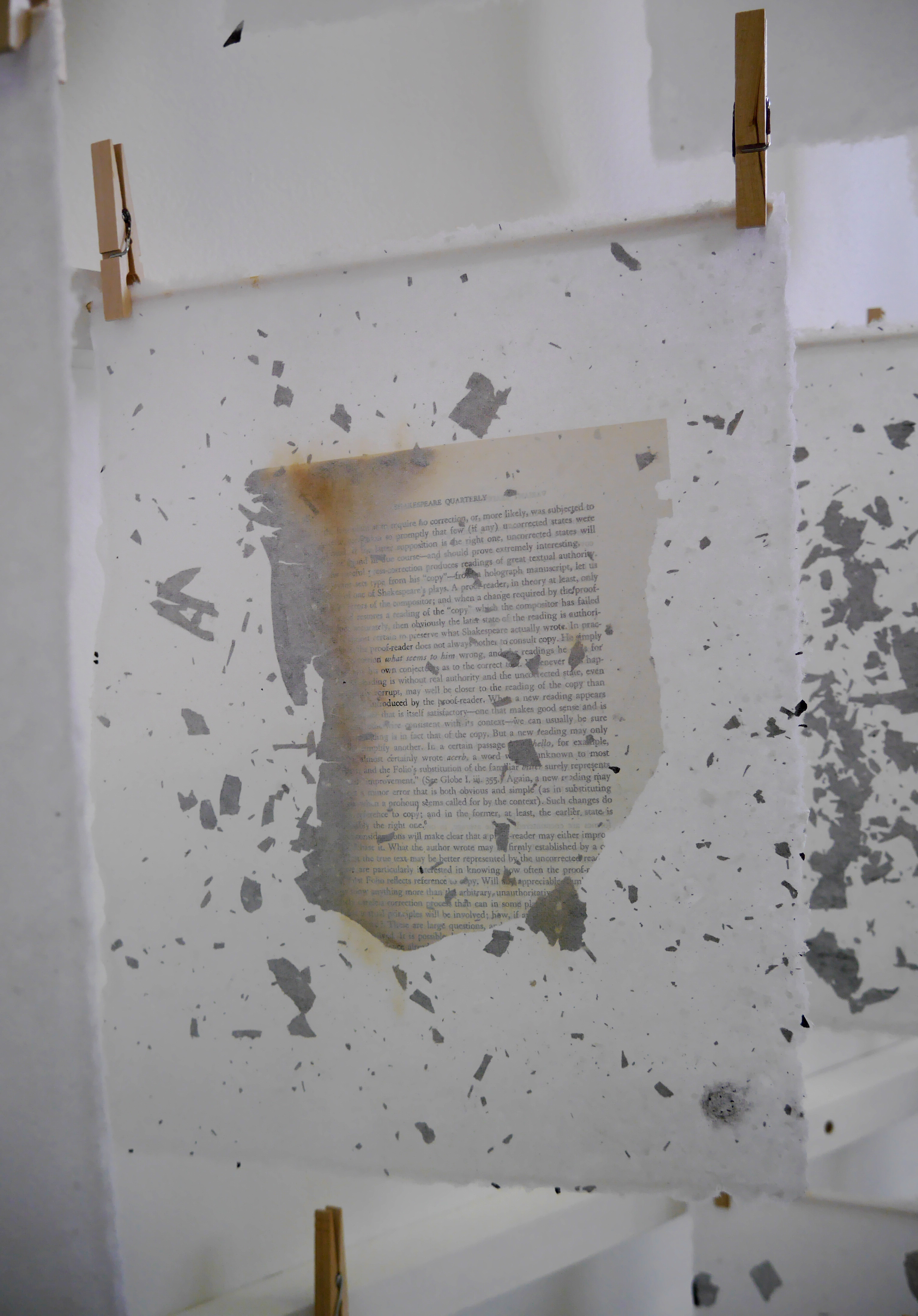

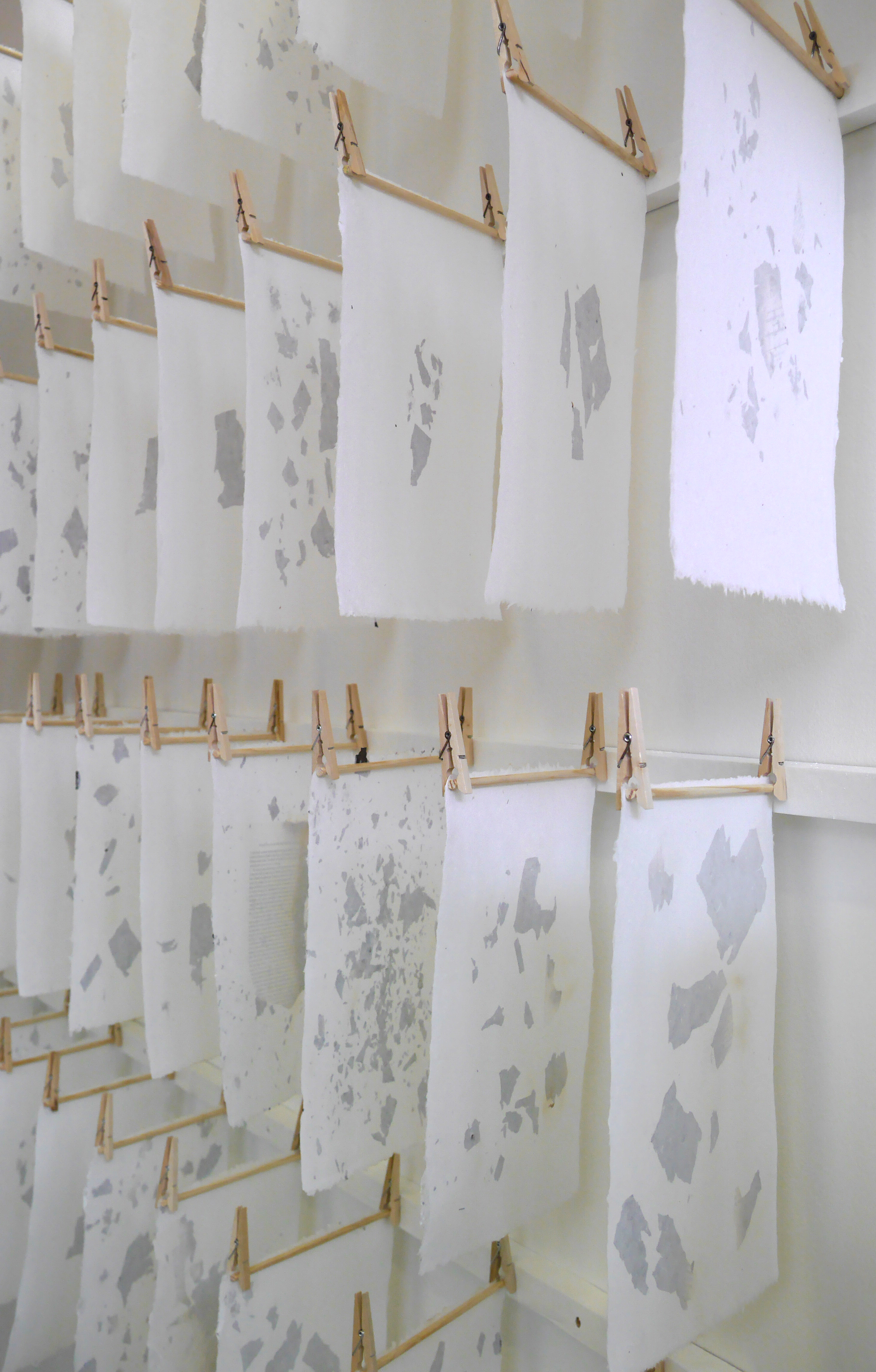
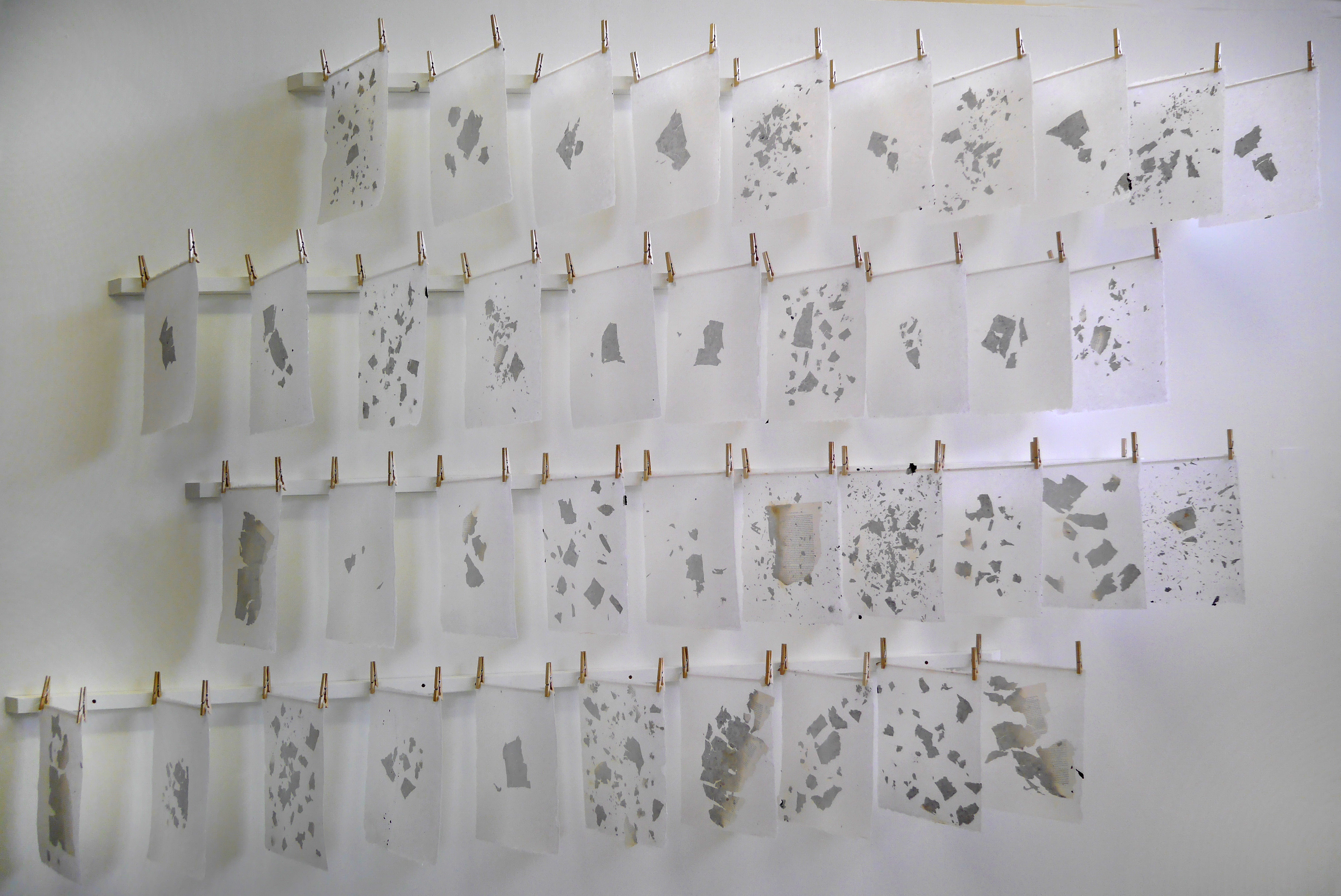
Enclosed you will find, burnt reference book pages embedded in cotton paper, wood, clothespins, Each sheet is 11x14”, full installation is ~10’x8’x16”, 2018
Enclosed you will find (2018) is a series of burnt book pages embedded in handmade white cotton paper. The burnt pages are from a Shakespeare quarterly reference publication repurposed from when the Millsaps library purged its paper archives of unread literature. Burning a book is a strong action referential to Fahrenheit 451 and the Nazi book burnings of the 30s and 40s. To burn a book is to be fearful of its contents and the spreading of ideas contrary to those held by the powerful. I’ve taken the ephemeral burnt pages and cauterized them in wet paper, securing the burnt action indefinitely in white cotton and compressing the materials together through the process of hand papermaking. Fortunately, the only book harmed in the making of this piece was already destined for the recycling bin.
There is something in the air/Es Liegt was in der Luft
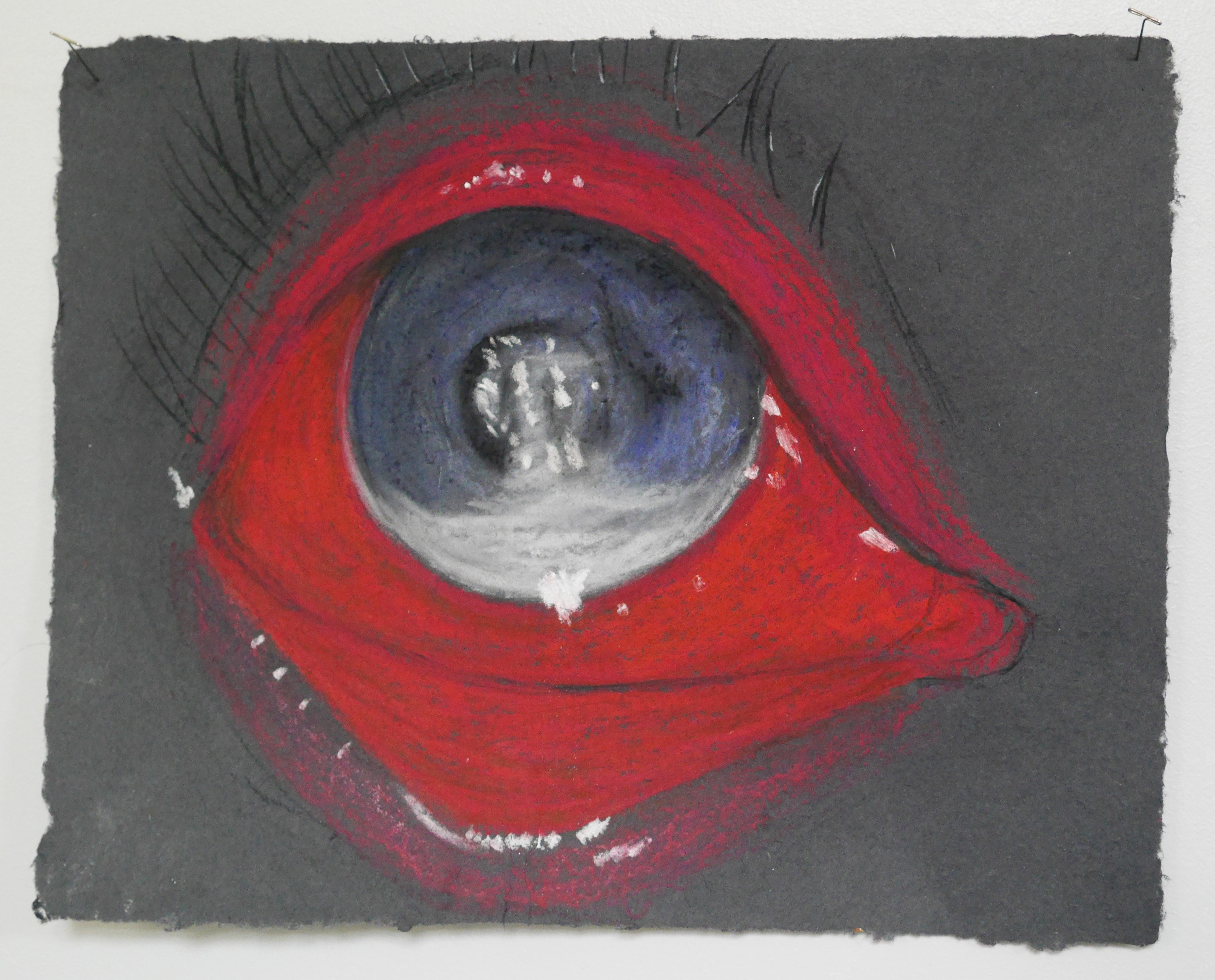
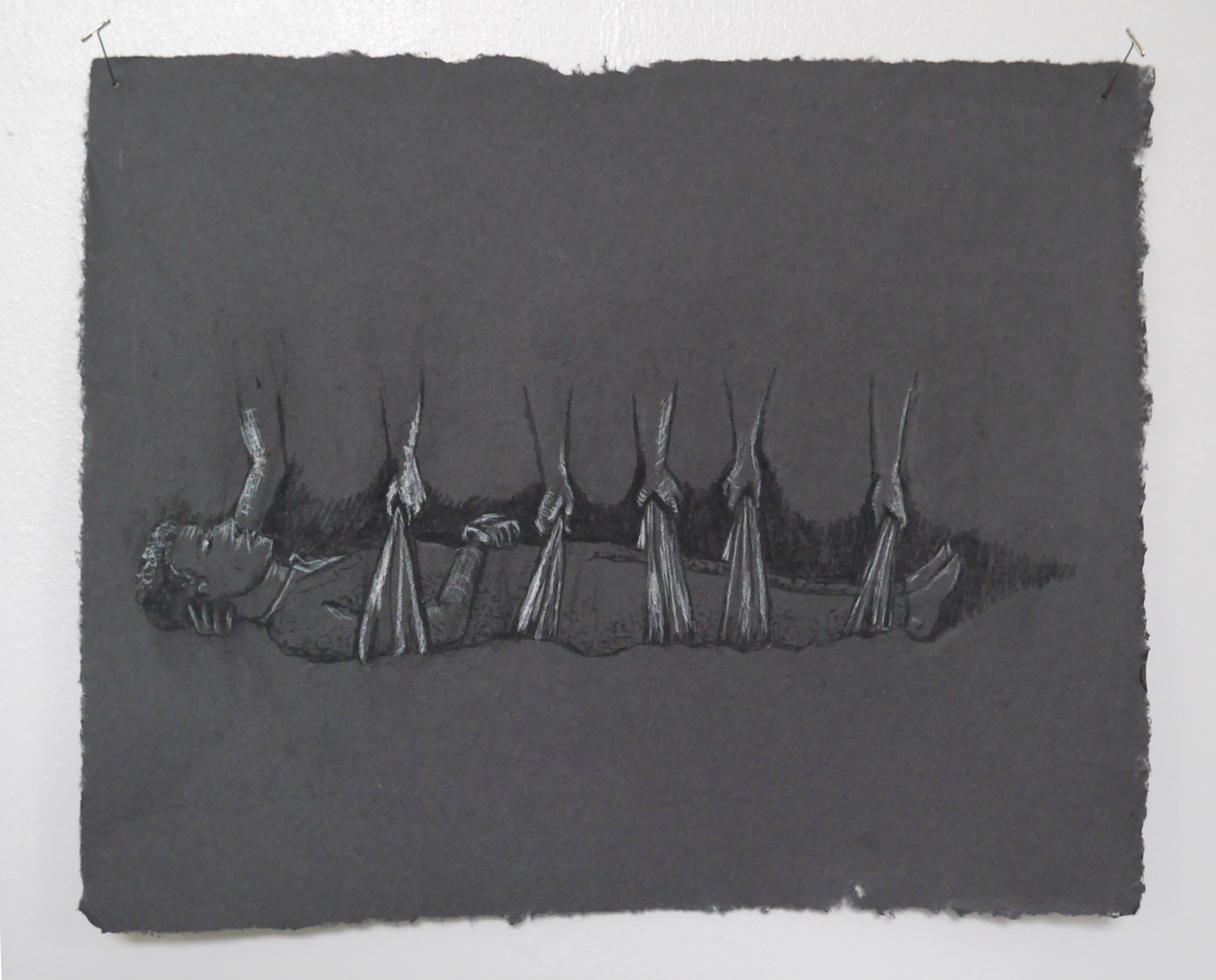
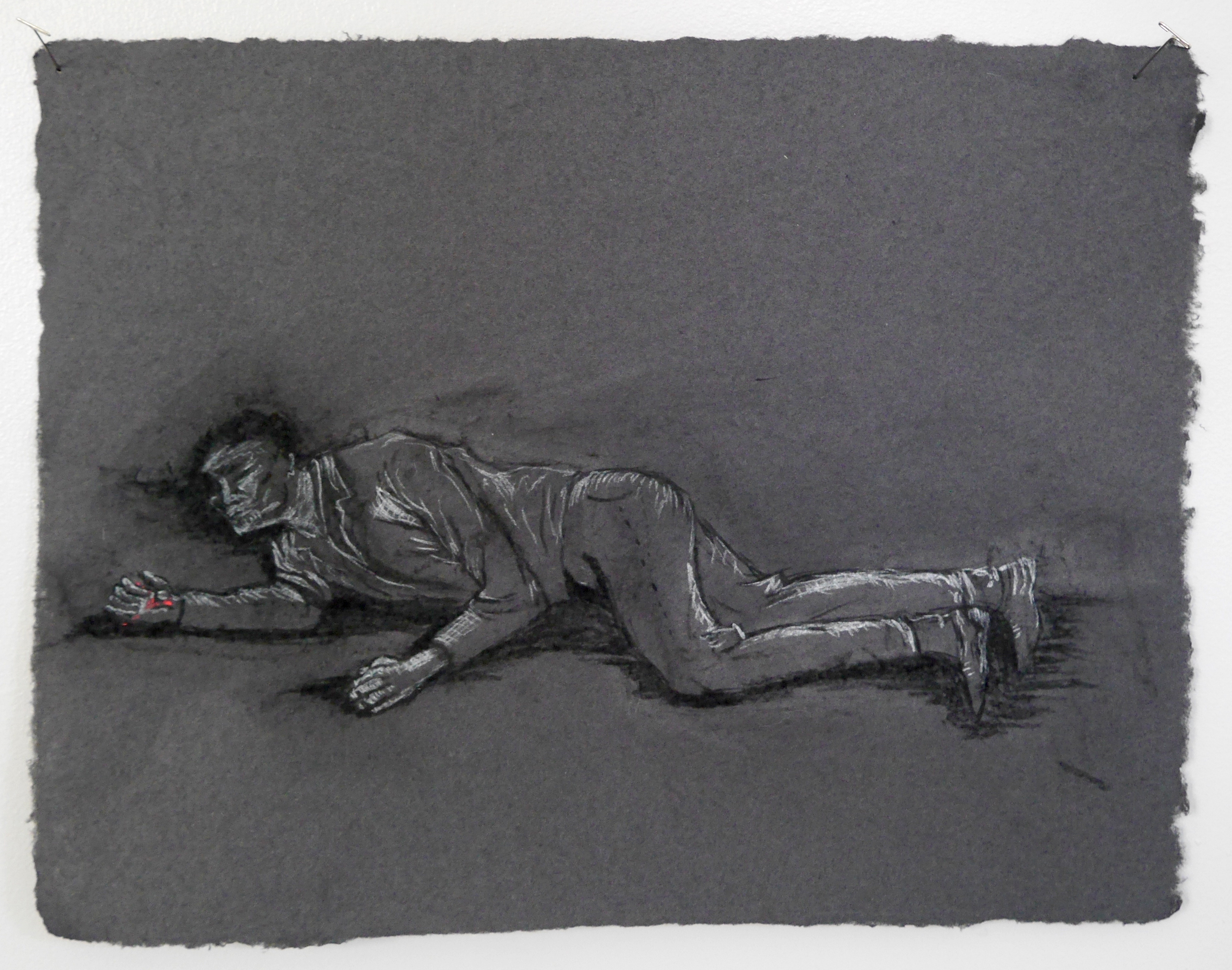
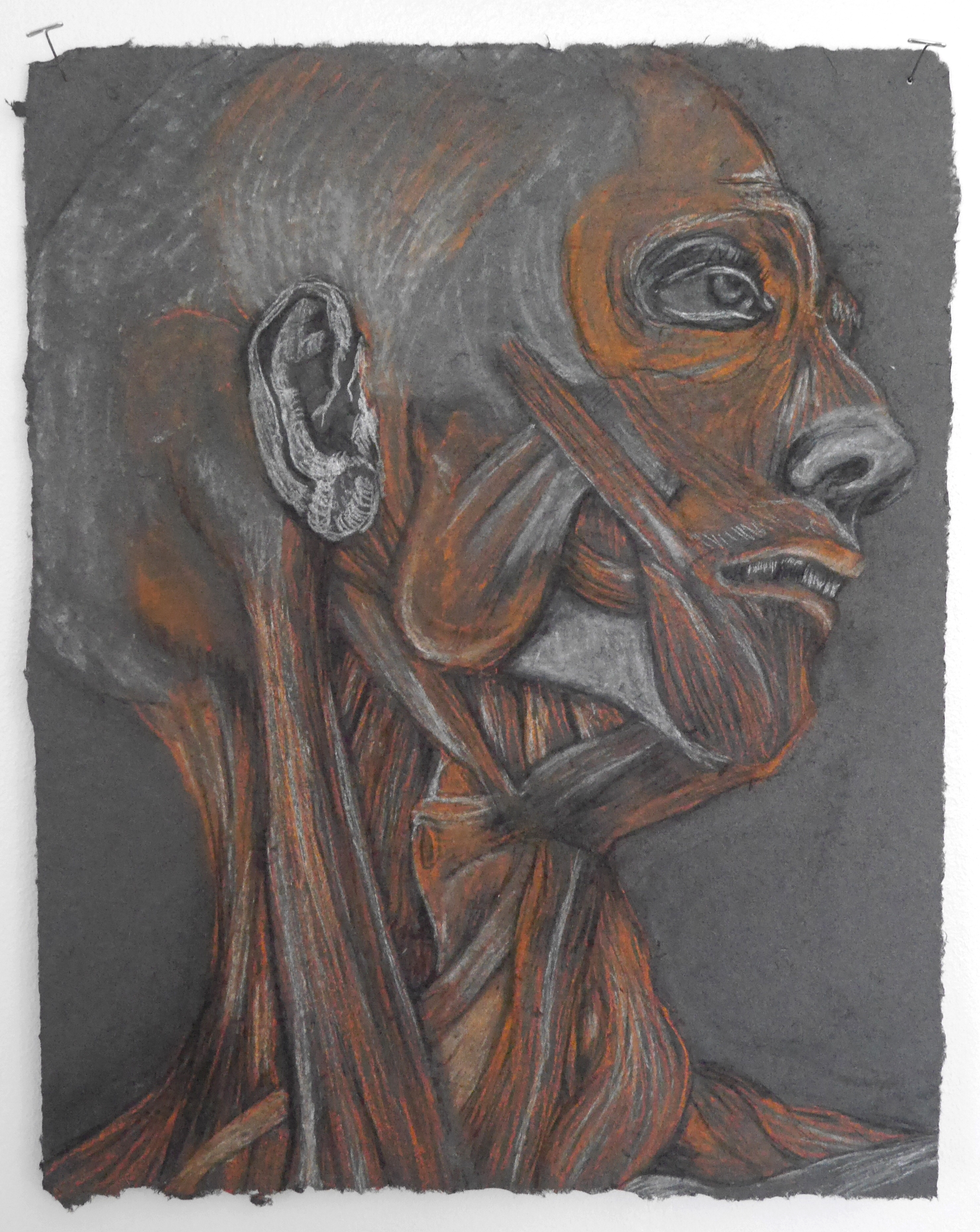

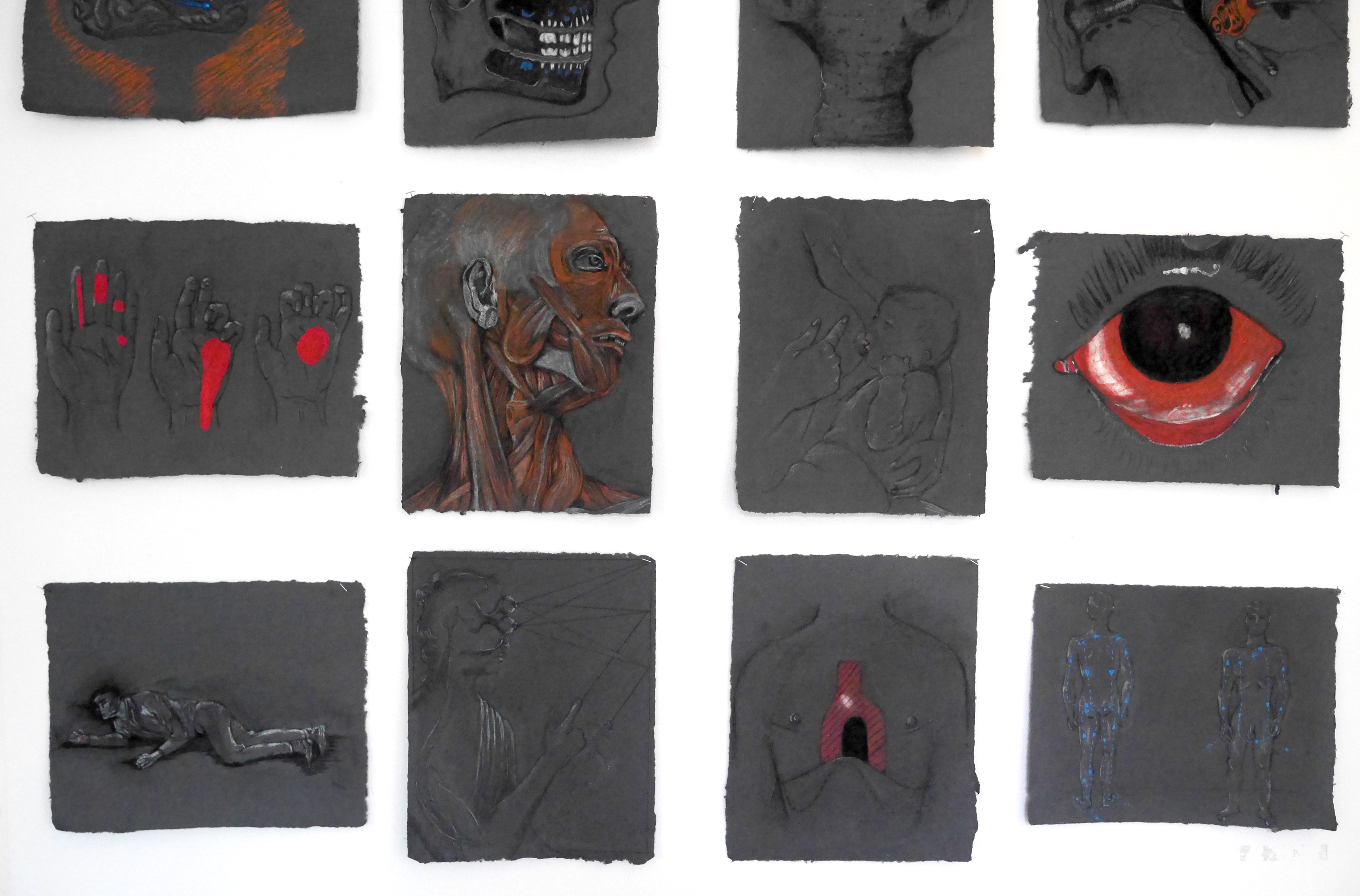
Enclosed you will find, There is something in the air/Es Liegt was in der Luft, and Where is the voice coming from? arose from a residency in Germany called salem2salem, in which 22 Americans, German, Polish, Austrian, and Chinese visual artists, musicians, and writers gathered in Salem, Germany to create work in a collaborative environment. I was lucky enough to be included in the 2018 rotation held for three weeks in August in a monastery and castle built in the 12th century. salem2salem is a partnership between Salem Artworks in Salem, NY and the Bodenseekreis (the Cultural Department) based in Salem, Germany. During this residency, I focused my work on the Eudora Welty short story “Where is the Voice Coming From?” (1963), written in the weeks following Medgar Evers’ assassination in Jackson, MS. In this story, Welty speaks from the perspective of a white supremacist who murders a black man in a similar situation to Evers’ assassination.
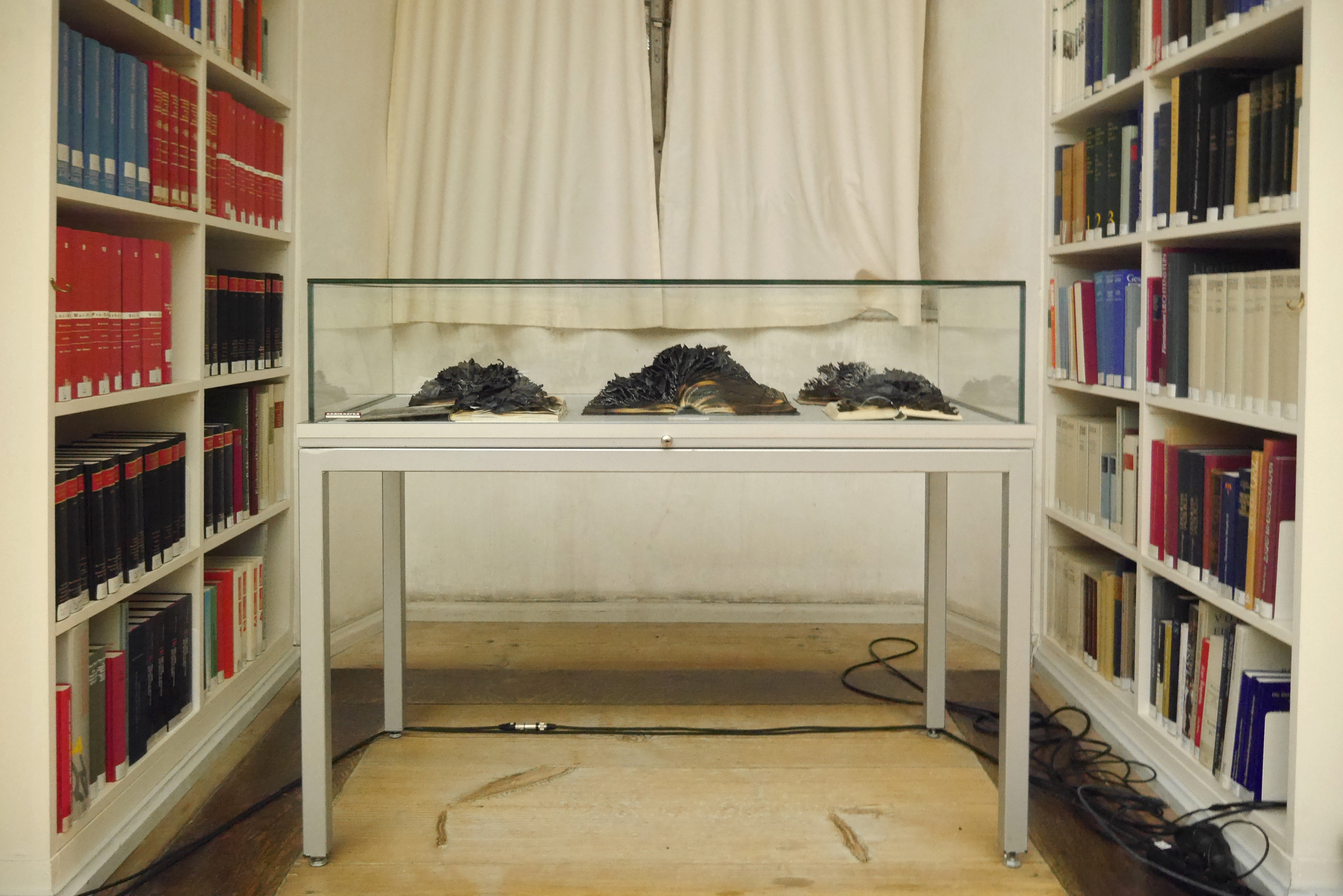
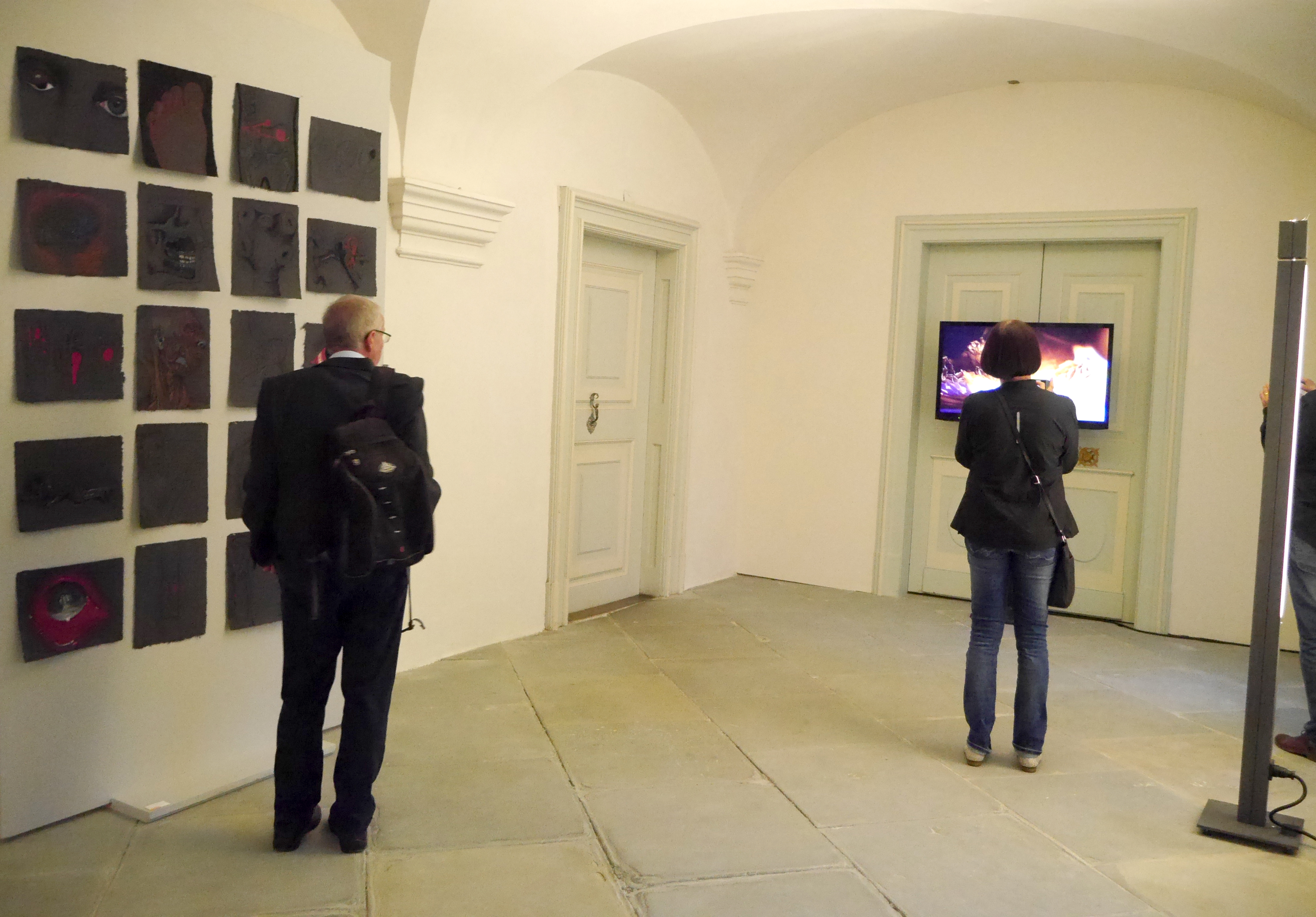
In There is something in the air/Es Liegt was in der Luft (2018), I question what underlying humanity ties each of us to the worst and best deeds possible by each human. Where is that best and worst located in the body? In Germany, I gathered free used books to use as raw material. Many of the books held medical or anthropological information and illustrations. I chose a variety of intriguing imagery to translate via drawing onto my handmade black denim paper, the same fiber used in Stack I: Corrosion. Many of the images include eyes, arrows, wounds, and the fleshy interior systems of our bodies, reflecting on how we process and witness the tumult of our current era. The title is from a page in one of the source books that discusses the power of smell and memory with diagrams of our interconnected body systems. To know something is to lessen the fear of the unknown. What makes a murderer different from anyone else? Is it something in the air?

Where is the voice coming from (2018) is related to Welty’s story as the spoken word in the video is adapted from her short story by the same name. In this narrative, Welty writes from the perspective of a murderer, not just any murderer, but a white supremacist’s thoughts, feelings, and sense of misguided moral outrage behind the ultimate horrendous act of taking another human’s life. In the video, I collaborated with other salem2salem writers and musicians to interpret Welty’s story in sound and color. The images are all of burning books recorded in Salem, Germany edited the together with audio collected from around the castle and recorded with musicians Ralf Bauer and Michael T. Otto. How do we tell and retell our narratives? Is our story linear? Is our memory certain? What ideas are dangerous and who decides to destroy a human life or endorse a work of art? The act of creation and beauty arising from destruction, while painful at times, is necessary. How can we heal if we do not see the wound?
*The video Where is the voice coming from is no longer available.
*The video Where is the voice coming from is no longer available.
